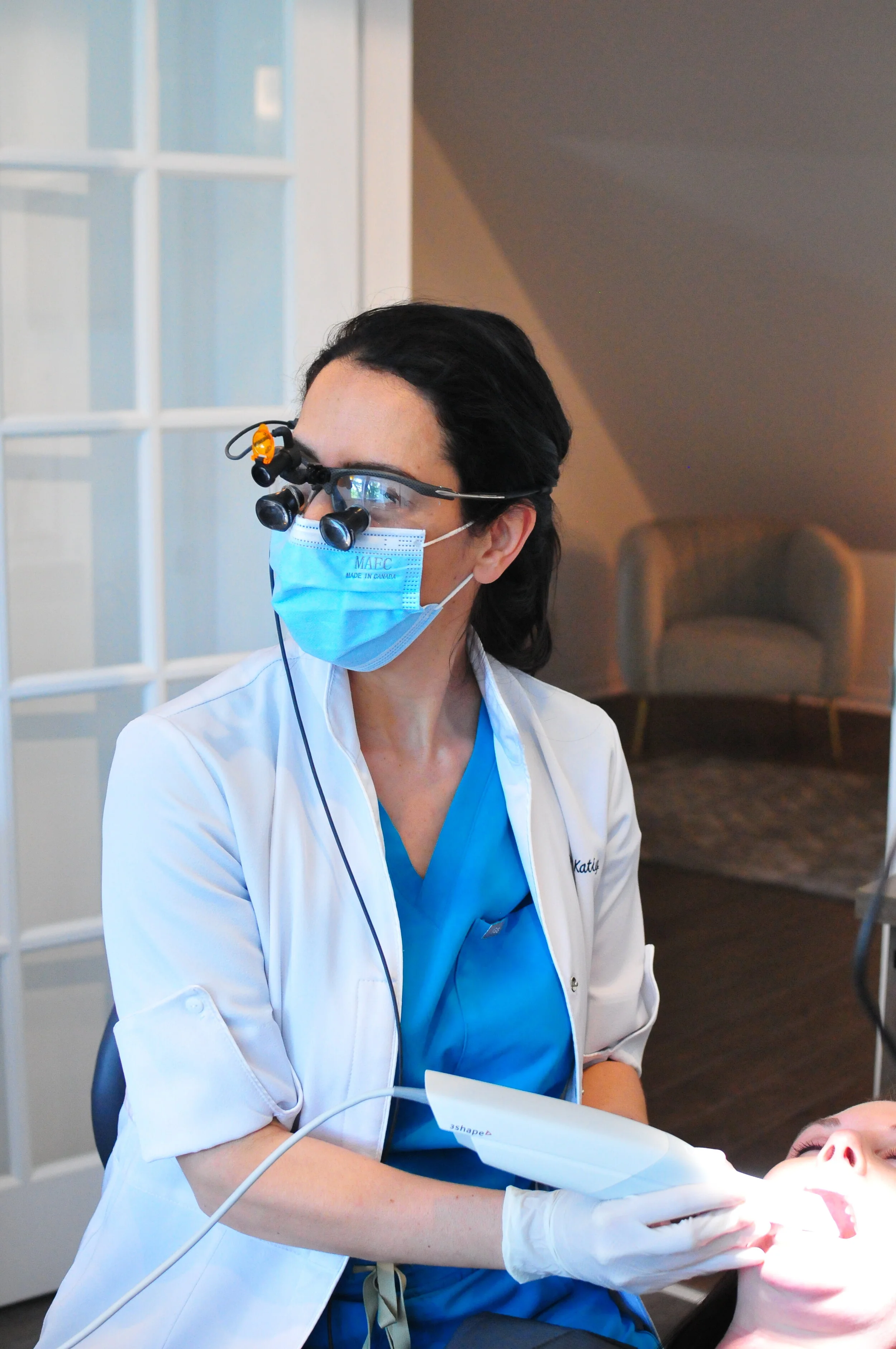
Gum Grafts
Why gum grafts?
The nature of gum corrections is often misunderstood since few people experience pain or discomfort from thin or loose gums. However, the gums are part of the support structure of your teeth and are essential to the preservation of your teeth.
About Gum Grafts
A genetic predisposition, the movement of teeth after orthodontic treatment or the use of a rigid toothbrush accompanied by a poor brushing technique can be the causes of a recession. However, the presence of receding gums does not necessarily mean that we need to plan a gum graft; we must follow its evolution and act at the right time.
The thickness of the gum, the degree of recession and the sensitivity associated with root exposure will be determining factors in the proposed treatment plan. When the gum recedes, the bone behind it follows.
Thus, some teeth may lose bone simply because the gum has not been treated properly. The goal is to stop the loss of gum tissue and, in some cases, to restore the lost gum tissue.
Dr Katiya uses the patient’s own soft tissue in a very delicate and gentle technique to successfully recreate what nature should have or had given the patient.
The process
Once the diagnosis is made, Dr. Katiya will choose the best technique to correct the situation. Autogenous or allogenous gum grafts can be chosen, depending on your situation. In both cases, a simple local anesthetic is required.



